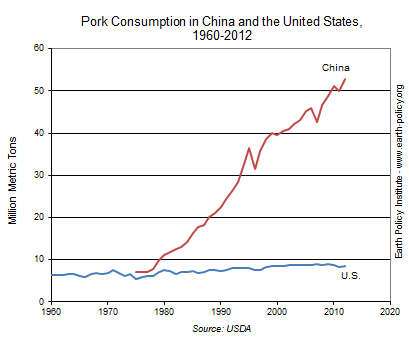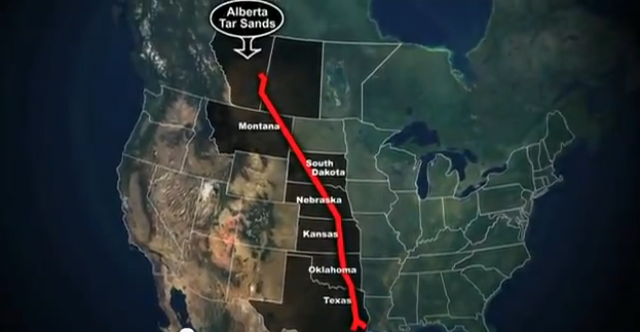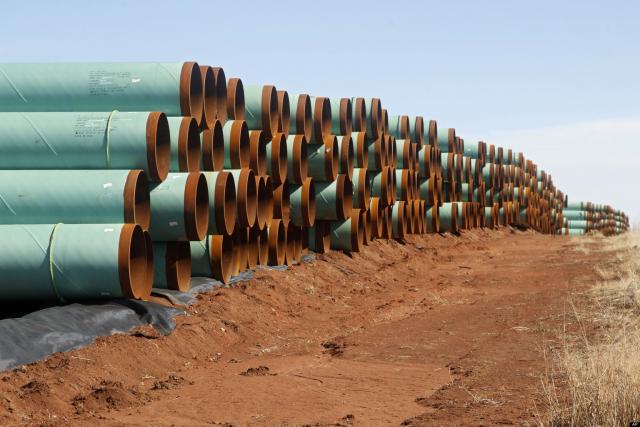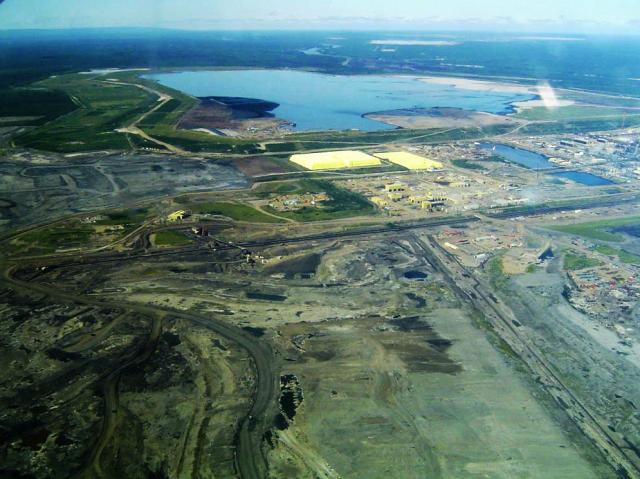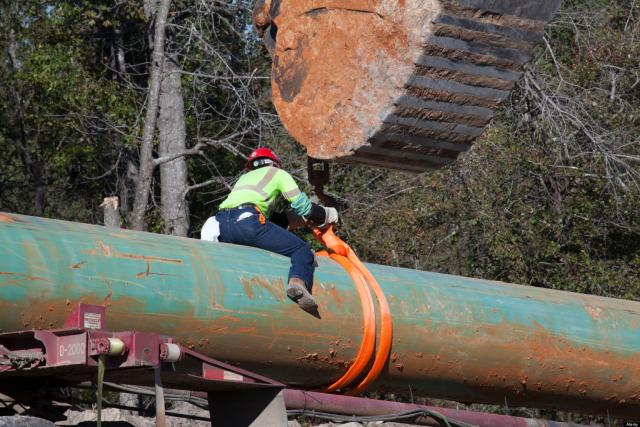
Photo By Charlie Neibergall
Des Moines Water Works CEO and general manager Bill Stowe stands in the Nitrate Removal Facility at the Water Works treatment plant, Thursday, May 16, 2013, in Des Moines, Iowa. The rain that soaked much of the upper Midwest in April helped replenish the soil parched by last year’s severe drought but rain fell so rapidly that it also washed tons of manure and fertilizer sitting on farm fields into rivers. That has boosted the nitrate level to record highs creating problems for cities like Des Moines and Cedar Rapids which draw their drinking water from the rivers. Photo: Charlie Neibergall
DES MOINES, Iowa (AP) — For much of last year, Iowa's most pressing agricultural problem was a drought that baked farm fields and parched crops, turning them brown and crumbly. Then the skies finally opened up, providing one of the soggiest springs on record.
But the rain has created a new, unexpected problem: The deluge is washing fertilizer off the farms and into rivers that provide drinking water to much of the state. Public officials say the problem will pass, but others worry about the potential risks of a compound called nitrate, which has reached levels never seen in Iowa.
"These numbers are so high that they're not only problematic from an ecological standpoint for the rivers, lakes, ponds, and reservoirs, but they become a real issue for human health," said
Bob Hirsch, a research hydrologist for the U.S. Geological Survey who studies long-term changes in river water quality.
Nitrate levels have soared because drought-withered corn plants didn't suck up all the nitrogen spread on fields last year. The drought was followed by Iowa's wettest April in 141 years, and that rain washed unused fertilizer into rivers, the primary source of drinking water for 45 percent of the state's population.
Nitrate in water is an issue throughout the Midwest, but Iowa is especially vulnerable because about 90 percent of the state is dedicated to agriculture. Corn requires an abundant supply of nitrogen, which must be added to the soil through the application of nitrogen fertilizer or manure.
The Environmental Protection Agency requires nitrate in drinking water be kept at less than 10 milligrams per liter. Above that level can be deadly to infants younger than 6 months because the chemical can reduce the amount of oxygen carried in their blood. Pregnant women are advised not to drink water above the EPA limit, as well as adults with reduced stomach acidity.
Scientists have collected conflicting evidence regarding whether nitrate or nitrites are associated with cancer in adults and older children, the EPA said.
The Raccoon River upstream from Des Moines was at a record 24 milligrams of nitrates per liter last month, and the Des Moines River posted a record high reading of 18.
"This is the worst we've ever seen," said
Bill Stowe, manager of
Des Moines Water Works, which serves about 500,000 customers in central Iowa. Both rivers are used as water sources for the Des Moines plant.
The agency had asked residents to limit irrigation so it could supply drinking water from reservoirs and other sources and not take it straight from the rivers. The heavy rain eliminated the need for irrigation and lowered water demand, but constant farm runoff continues to elevate nitrate levels, Stowe said.
In Cedar Rapids, officials have had similar problems. The Cedar River reached one of its highest recorded nitrate levels at 18.5 milligrams per liter upstream from the city's water treatment plant, city spokeswoman
Megan Murphy said.
By blending river water with water from other sources, the city was delivering tap water at a level of 7.6. If water exceeds the EPA standard, water customers would have to consider other options, such as bottled water. Boiling water does not remove nitrates.
Public water suppliers are required to notify the state if nitrate levels top 10 milligrams per liter, and so far none have reached that level, said
Shelli Grapp, chief of the
Department of Natural Resources Water Quality Bureau.
The situation isn't entirely new. But it's made worse by last summer's drought and by drainage tiles that have been installed beneath many farms to channel excess water away from fields and into streams.
"The speeding up of the water runoff means it's moving quickly from field to stream, which eliminates any opportunity for the system to naturally absorb anything," said
Neil Dubrovsky, a U.S. Geological Survey hydrologist who studies nitrate levels.
Iowa and Illinois rivers typically have some of the nation's highest nitrate levels, but other top corn states also have issues, including Indiana, Michigan, Minnesota, Ohio, Wisconsin and the eastern portions of Kansas, Nebraska, North Dakota and South Dakota.
Nitrate levels in those states have been rising since the 1950s but leveled off in the 1980s. In the last five years, they've been climbing again as high corn prices have driven farmers to plant near-record corn acres, Hirsch said.
"In essence what we're doing is subsidizing cheap food," paying for it through the high cost of cleaning up our water after it's contaminated by fertilizer, Dubrovsky said. "There is a price to pay, and the price will go up as the groundwater contamination continues because that's our alternative water supply."
To keep the nitrate level in check, Des Moines had to switch on a $4 million nitrate-removal system for the first time since 2007. The equipment costs $7,000 a day to run.
At least five Minnesota communities have nitrate-removal systems, and they pay a price for the costly equipment. For example, residents of Ellsworth, Minn., pay $5.71 per 1,000 gallons of water, and Clear Lake residents pay more than $4.30.
Typically, water without high nitrate levels can be provided at around 5 cents to 10 cents per 1,000 gallons, according to a recent state report.
Groups such as the
Iowa Environmental Council are pushing the state to implement more specific pollution-reduction goals and timelines, but Iowa officials defend the state's largely voluntary process.
Gov.
Terry Branstad said the state's 90,000 farmers have strong incentives to use the least amount of fertilizer necessary, and they don't want to see it wash away. He said the nitrate levels will drop as the weather dries out.
"We constantly monitor it and see what we can learn from these incidents," said Branstad, noting he drinks tap water without concern.
Iowa Secretary of Agriculture Bill Northey said a regulatory approach mandated by a distant state official won't help. What works for one farmer may not for another because of land slope, soil type and other variables.
He called for encouraging farmers to find their own solutions "instead of fighting agriculture and trying to have a one-size-fits-all policy."
Arlo Van Diest farms 2,300 acres near Webster City, about 75 miles northwest of Des Moines. For a decade, he has left plant stalks, leaves and other residue on the field after harvest. That reduces soil erosion and the need for as much fertilizer.
Van Diest also plants rye grass in his cornfields as a cover crop that stays on the field all winter, pulling additional nitrogen from the soil that the corn didn't use.
"We have a keen interest in anything we can do environmentally that withstands the economics of it," he said. "This is our business. We like to farm, but we also like to make money at it."
Iowa copes with nitrate surge in drinking water - Houston Chronicle



